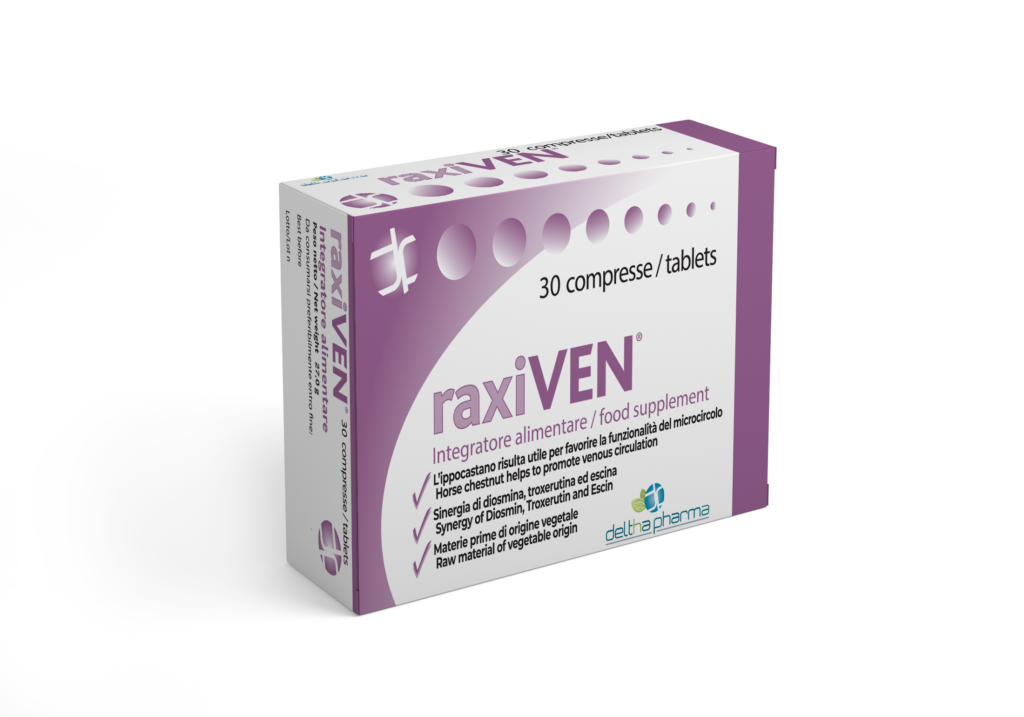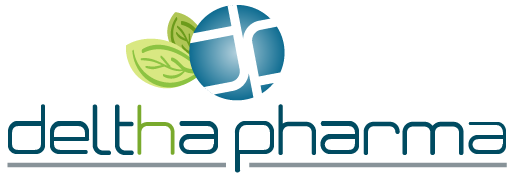What are hemorrhoids?

Hemorrhoids are a common condition in the adult population with a prevalence of about 4%, among men and women suffering, or have suffered at least once, from this often annoying and embarrassing disorder. Hemorrhoids consist of venous cushions of connective tissue highly vascularized, that lines the lower part of the rectum. This tissue helps to completely close the anal canal and thus plays a key role in support and in fecal continence. Depending on their location, hemorrhoids are divided into internal and external hemorrhoids. The former develop within the anal canal and are painless (unless they are completely prolapsed or are associated with fissures), while the latter appear as hard and painful protuberances. In some situations due to family history, unbalanced diet, obesity, sedentarism, high temperatures, exertion, or constipation, they may swell, and leak out resulting in bleeding, pain, and itching. Four different grades (or stages) are distinguished, from grade I to grade IV, reflecting the degree of severity of hemorrhoids.
Why hemorrhoids increase in hot weather?
The increase in summer heatwave temperatures can cause hemorrhoids, as heat promotes vasodilation in the hemorrhoid cushions, causing itching, swelling, inflammation and pain. Indirectly, certain changes in diet such as increased consumption of alcohol, spicy or extremely spicy foods, combined with excessive or irregular eating and consequently bowel irregularities, can also exacerbate the condition of hemorrhoids.
What to do in case of hemorrhoids?

In general, it is important to assess the degree of severity and extent of hemorrhoids: at an early stage make lifestyle changes, such as eliminating fried foods, spicy foods, alcohol and spices from the diet, increasing fiber consumption and hydration with water may be useful. Engage in regular physical activity without putting too much load on the lower abdomen may help also bowel motility. Do not hold back or delay evacuation. Especially during summer periods, wearing light and loose clothing, are recommended to avoid exacerbation of irritation of the affected area and not to hinder proper circulation at the hemorrhoid plexus. Some topical lotions are cortisone- or natural extracts-based (which soothe inflammation, itching and edema) and anesthetics (which relieve pain). From analysis of several clinical trials, phlebotonics have been shown to have potential benefit in use for symptomatic hemorrhoids and to relieve symptoms after hemorrhoidectomy. Most of the data support the hypothesis that phlebotonics significantly relieve symptoms caused by hemorrhoids and posthemorrhoidectomy, such as bleeding (p=0.0002), posthemorrhoidectomy bleeding (p=0.004), itching (p=0.02), leakage (p=0.0008), and overall symptom improvement (p < 0.00001) [1].
Natural phlebotonics, such as horse chestnut bark extract (escin) due to its activity on capillaries that increases their resistance and reduces their permeability, promotes microcirculation function. Diosmin, a plant bioflavonoid found mainly in citrus fruits and in plants such as Ruta graveolens, which due to its marked anti-inflammatory, anti-edematous, and vascular protective properties make it useful as a venotonic in the presence of hemorrhoids. In case of frequent episodes of external hemorrhoidal thrombophlebitis, surgery may be necessary. Therefore, early signs such as itching, burning, and pain in critical areas should not be underestimated and it is recommended to contact the proctologist for a specialist examination or the doctor for targeted advice.
You can find more information here
Disclaimer: The content is not intended to be a substitute for professional medical advice, diagnosis, or treatment, and does not constitute other medical advice for specific medical conditions. Please consult your healthcare provider with any questions or concerns you may have regarding your condition.
Reference
[1] The Cochrane Collaboration. 2012 Phlebotonics for haemorrhoids (Review).

